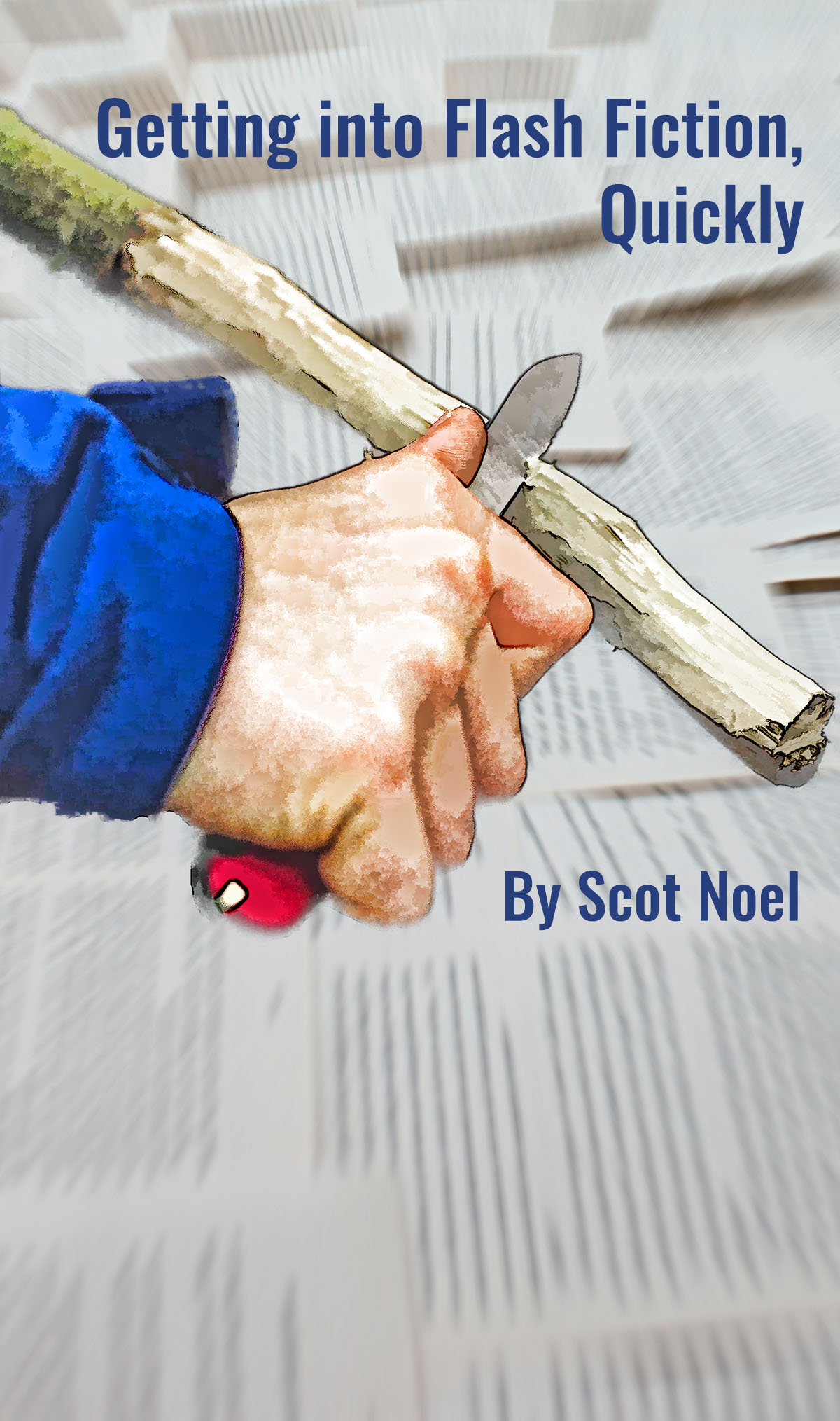A Simplified Structure If you’ve practiced with our general story template in The Plotting Game, then you know we think of stories as built on a very specific structure. They start with “orientation,” define “character flaws,” move past a “threshold event,” and enter the well known “try/fail cycle” before reaching their climax and conclusion. In flash fiction, you don’t have time for all that. Your only option is to pick a scene and bring it to life. That doesn’t mean the entire structure is abandoned; it just can’t be on the page. Things that happen before the “now” of your piece may only be hinted at. It’s the same with things that come after. In my flash fiction piece “The Lost Soul,” the second paragraph goes like this: Obadiah felt a chill. The fingers of the wind were playing ill-mannered games with his night clothes, just as the clouds, in passing, had seen fit to tear down homes and harvests throughout the valley. The idea here is that “big things have already passed.” It signals to the reader that the climax for Obadiah is just ahead. Pick the most critical scene for your flash piece, and hint at the traditional story elements that might have come before or will take place after. Carefully Pick Your Words (even the title) The title of a flash piece carries a lot of weight. I’m not particularly good at it, but here is one I love: “Gator Butchering for Beginners,” by Kristen Arnett. In those four words we have immediate intrigue and engagement, the promise of a unified effect, and a drive toward a meaningful point yet to be imagined. Keep that idea going, sentence by sentence. In my flash piece “A Stillness of Trumpets,” it only takes one sentence for us to visualize the position of our protagonist, SFC Pero, and the kind of day she is going through. She had already done all she could, buried the last of her squad in the ashes outside, even stopped to deliver a baby beneath a darkened, midday sun. Remember, you’re not bringing the reader through a try/fail cycle. The first conflict may have happened before your manuscript starts, and the climax may happen after the last text on the page is over. As the author, you should know the “story structure,” but flash does not need to follow it. It may be that all we’re going to learn is about your protagonist’s inner demon, but learn about it in a powerful and clarifying moment that is worth reading in itself. Deliver the Punch What’s at the end? Is it a joke, an emotion, a horrible realization, a statement of what it all means to handily tie up the intended effect? The ending of flash fiction is not necessarily the denouement of a more traditional story. It’s the twist, the slap in the face, the scream that says “that…that’s what this is all about.” Of course, it doesn’t have to be loud and brash. I used those word to signal something impactful. Something like this, again from “The Lost Soul.” The world was a mote within a mote and all of history a second within a second, and seeing the whispered smallness of all he had ever known, Obadiah began at last to smile and, happily, thereafter to weep. Polish, Cut, Hone it Sharp For most of us, it can be easier to write it long and trim it back. That’s OK. Once your work starts to take shape on paper, finding what’s absolutely essential and what can be trimmed to sharpen the tale is only a relaxing drink and a red pen away. Hone the tale to only what’s needed to bring the reader quickly to that impactful ending you’ve been planning. Make them cry. Make them wonder. Make them say “right about that, baby!” And do it all, like these instructions, in under 1,000 words. |
 |
DreamForge Anvil © 2022 DreamForge Press
Getting into Flash Fiction, Quickly © 2022 Scot Noel
